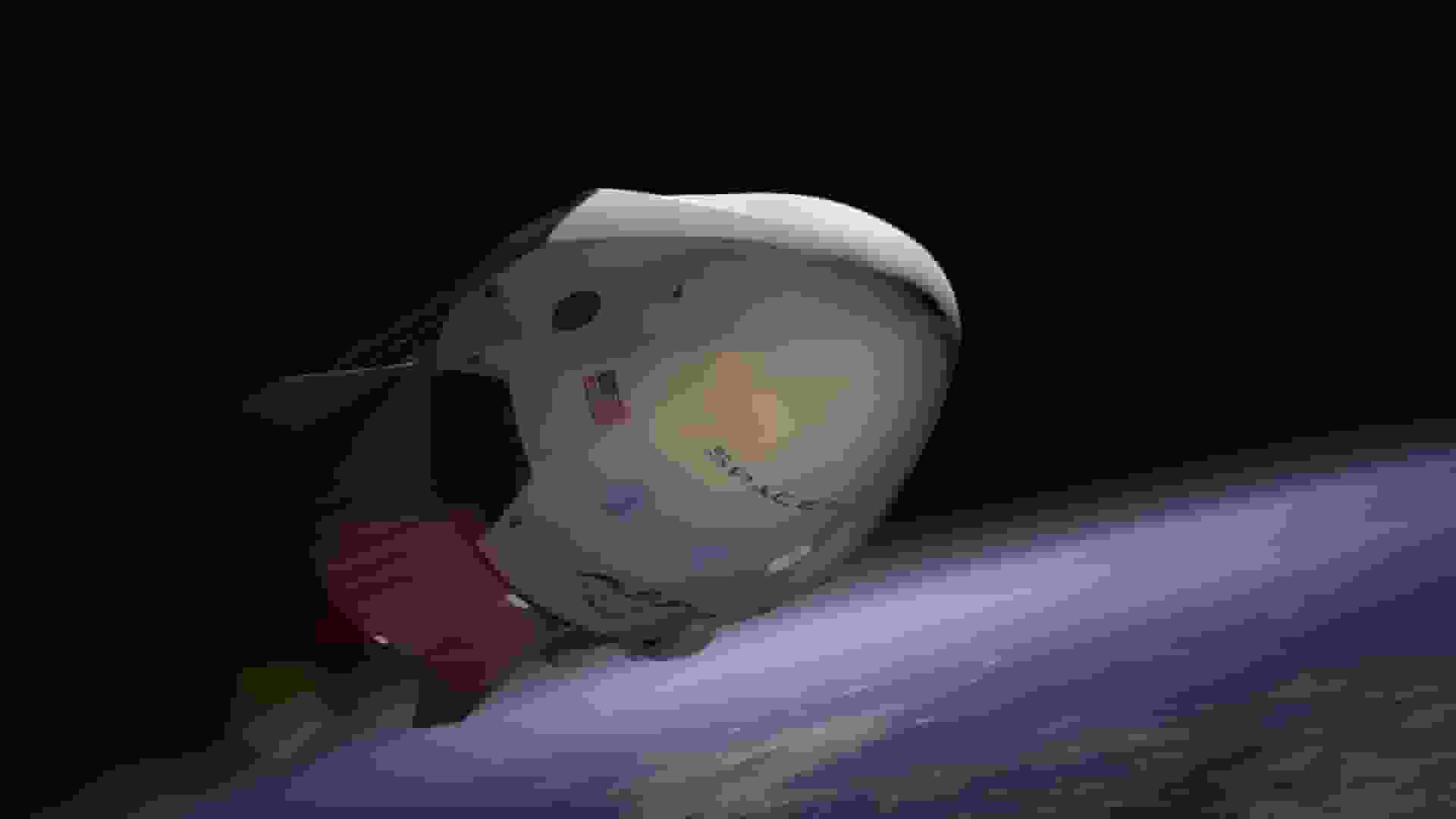
Space has emerged as a crucial connectivity battleground for companies such as OneWeb, Kuiper, and Starlink. Low Earth Orbit (LEO) technology has been around for quite some time, but its solutions may finally be ready for prime time.
Nearly always, initial deployments of new technologies concentrate on densely populated areas. This is where the commercial returns are, which helps to partially fund the deployment of technology to less populous areas.
Space Technologies Improve
With increasing competition and coverage in urban areas, however, the focus has shifted to remote and rural areas. This is not only essential for governments to support access to modern technologies for the entire population, but it is also a key differentiator for telcos.
Optical communications could provide missions with significant benefits, such as bandwidth increases 10 to 100 times greater than radio frequency systems.
Additionally, optical communications could reduce the need for space, weight, and energy. This means more space for scientific instruments, cheaper launches, and less battery drain on spacecraft.
There is already evidence of this communications overhaul in the stars. In December, for instance, NASA launched the Laser Communications Relay Demonstration (LCRD) aboard Space Test Program Satellite 6 of the US Department of Defense (STPSat-6). The technology aims to demonstrate the unique capabilities of optical communications by receiving data from future space missions and relaying it to terrestrial ground stations.
Read more: Suspicious sighting in Jupiter revealed by spacecraft, ground-based telescopes
SpaceX Numerous Satellites

In addition, SpaceX launched numerous satellites throughout the course of 2017 to bolster its Starlink constellation with laser communication systems, allowing the network to function with fewer ground stations.
The company announced that all future Starlink satellites will be equipped with this technology. A recent disaster in Tonga, where a volcanic eruption severed an undersea fiber optic link and rendered the island incommunicado, elucidated the need for this technology. If sufficient data-capacity constellations are constructed in the future, these issues may become obsolete.
Despite the progress made on this side of the Atlantic, free-space optical communication was developed in Europe.
It was first demonstrated by SILEX, a free-space optical communication system between the ESA’s Artemis (Advanced Relay and TEchnology MIssion Satellite) and the French SPOT-4 Earth-observation satellite.
Using GaAlAs laser-diodes and direct detection, SILEX provided 50Mbps data transmission from low Earth orbit (LEO) to geostationary orbit (GEO). The latest European Data Relay Service (EDRS) is now operational, providing data rates of up to 1.8Gbps using BPSK homodyne detection between LEO and GEO satellites. This allows LEO satellites to continuously download data to the ground, which would not be possible otherwise.
Read more: NASA To Launch Its First-Ever Worldwide Water Survey

